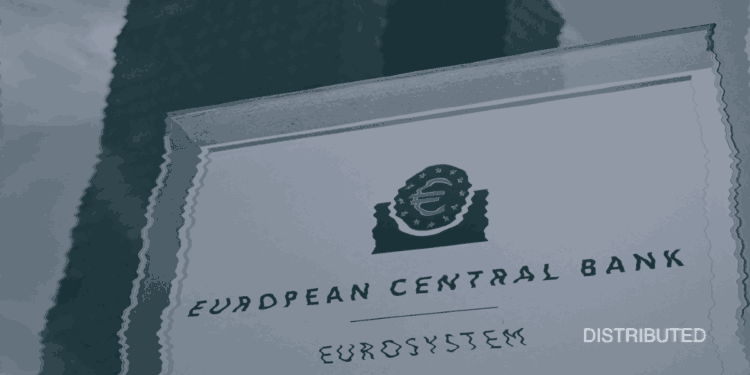In a survey by the European Central Bank this January, European manufacturers have expressed deeper concerns about competition from Chinese imports compared to the impact of American tariffs. The survey, which gathered insights from 82 major non-financial companies operating in the euro zone, sheds light on European industrial strategy’s complex dynamics.
The findings demonstrate a surprisingly measured response to U.S. trade policies, with only 50% of manufacturers anticipating significant effects from American tariffs on their eurozone operations. Many companies cited their strategic “local for local” production approaches and their focus on manufacturing sophisticated, specialized products that face limited competition in the U.S. market. This suggests a certain resilience in the European manufacturing sector against direct trade barriers from across the Atlantic.
However, the survey reveals a more pressing concern among European manufacturers regarding indirect trade impacts. The primary worry centers on the potential redirection of Chinese exports to European markets, particularly if Chinese access to U.S. markets becomes restricted. There is significant apprehension about the possibility of increased competitive pressure from Chinese imports flooding the European Union, potentially disrupting existing market dynamics.
The implications for pricing strategies appear particularly complex. Without protective measures from the EU, the sector could face downward pressure on prices due to increased competition. However, if the situation escalates into a broader tariff conflict, the more likely outcome would be rising costs and prices across the board, creating a challenging environment for both manufacturers and consumers.
See Related: Wall Street Stocks Advanced On The Fed’s Dovish Signals. Focus Now Moves To The Job Report
Employment Trends In Europe
Employment trends within the sector paint a concerning picture, with manufacturers actively pursuing cost-reduction strategies through workforce adjustments. Implementing hiring freezes or reducing staff numbers, indicates a defensive posture in response to these market pressures. Price stability in manufacturing and modest increases in service costs further reflect the careful balancing act being performed by European businesses.
From an analytical perspective, these developments present several critical implications for the European economy. The ECB’s decision to implement rate cuts appears well-aligned with these industry insights, suggesting a proactive approach to supporting the manufacturing sector through monetary policy. The survey’s findings highlight the intricate interconnections of global trade relationships and their impact on regional economic stability. As the European manufacturing sector continues to navigate these challenges, the balance between maintaining competitive advantage and protecting against market disruptions will likely remain a central focus for both industry leaders and policymakers alike.
Looking ahead, the sector’s ability to adapt to these evolving trade dynamics while maintaining innovation and productivity will be crucial for sustaining European industrial competitiveness in the global marketplace. The coming months may prove pivotal in determining whether current strategies for managing these challenges will prove effective in preserving the sector’s strength and resilience.



